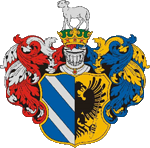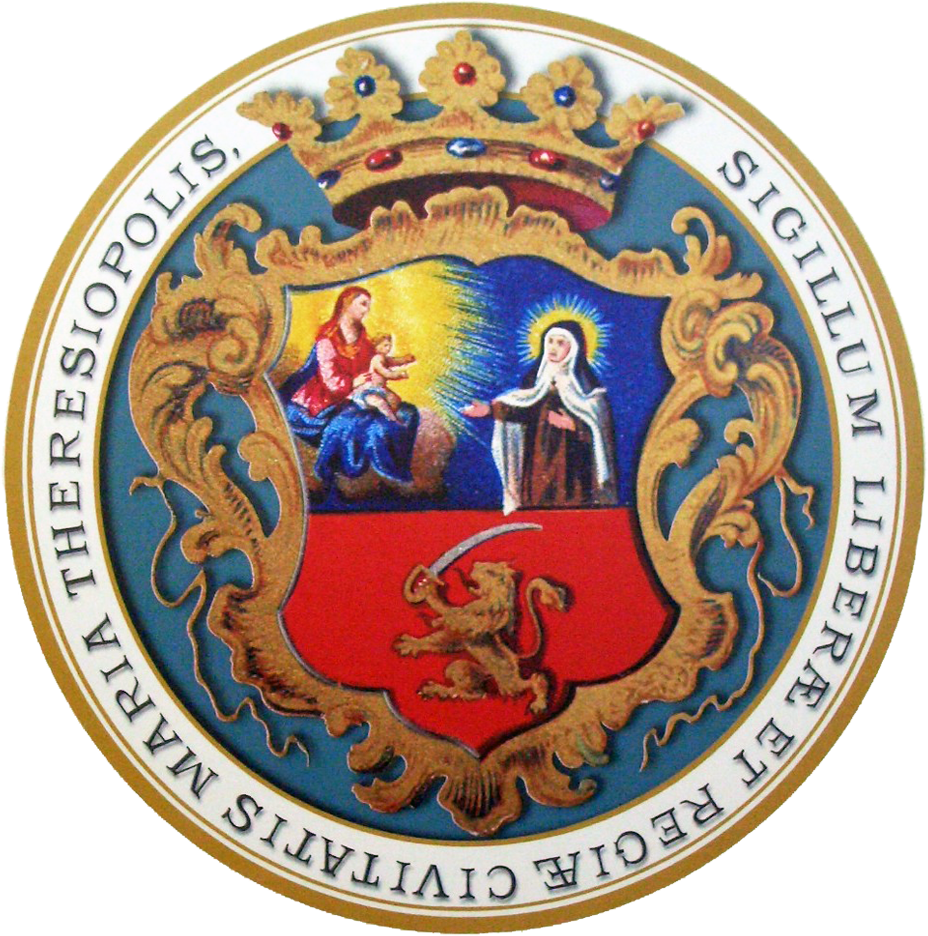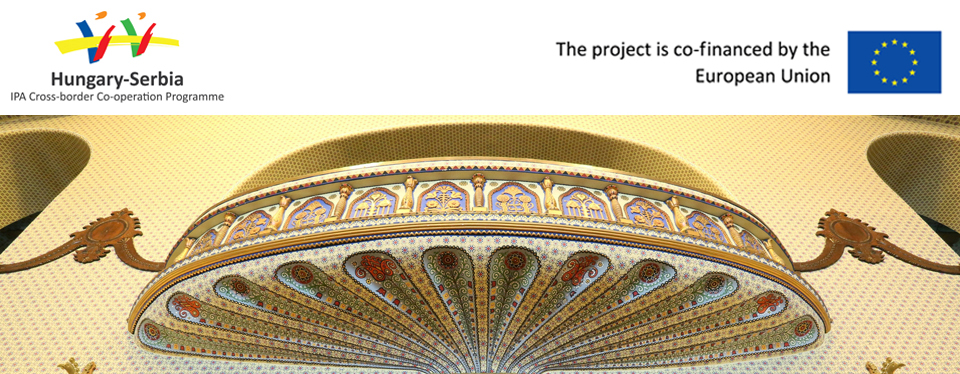| Name of the building | Móricz House |
| Current name | same |
| Town, location | 9 Szent Mihály Street, Szeged |
| GPS coordinates | N 46° 15′ 28.68″, E 20° 9′ 2.23″ |
| Date of construction | 1910 |
| Stylistical characteristics | Art Nouveau |
|
Architect Builder |
Ferenc Raichl (or Raichle) J. (1869–1960) József Móricz, post and telegraph officer. |
| Monument classification
Under monument protection. |
|
|
The original function of the building Changes The Móricz House was built in a way that met the upper class needs of the period. Its historic value is reflected by and attributable to the luxury that is manifested in the formation of the building, and in the modern architectural technology served this taste and life style. After the Second World War, however, everything changed, and the upper class homes were converted into smaller flats for rent. During the post-war reconstruction, the wrought iron rails were removed, and the interior paintings were covered and some of the exterior facade adornments were also removed. In 2007, the city sold the building to an enterprise that fully renovated it so as to regain its today look, recalling the original Art Nouveau character. The building especially dominates the fin de siècle ambience of the square. The reconstruction and utilization of the building meeting the contemporary requirements is exemplary. It is a building expressively dominating and determining the square’s milieu at the turn of the century. The reconstruction and utilization of the building, taking the requirements of the period into consideration, are exemplary. |
|
| Description and qualities of the building | |
|
The building equipped with all conveniences that were required by the contemporary upper class taste and comfort was recently reborn from almost its ruins. It is a characteristic though less unique embodiment of the folkish Hungarian Art Nouveau. Its once attractive pyrogranite ornaments were restored, and today, these leaf like and tendrillar ornamental foliages reminding us of folk embroideries are the dominating elements of its present appearance. The arched gables gently follow these decorations. Familiar solutions of its architect, Ferenc Raichl J., can be recognized in the windows sectioned by variable arches, in the heart shaped motifs of the wrought iron works as well as in the emphasized application of bay windows. |
|
| References
Csongrád megye építészeti emlékei, Szeged, 2000, O. Csegezi Mónika szócikke http://hu.wikipedia.org (Access: 2013. 08.23.) |
|
Hungary-Serbia IPA Cross-border Co-operation Programme >> http://www.hu-srb-ipa.com








